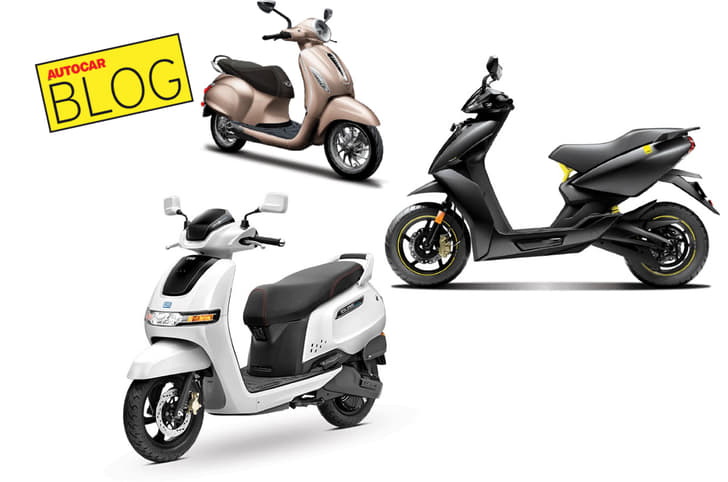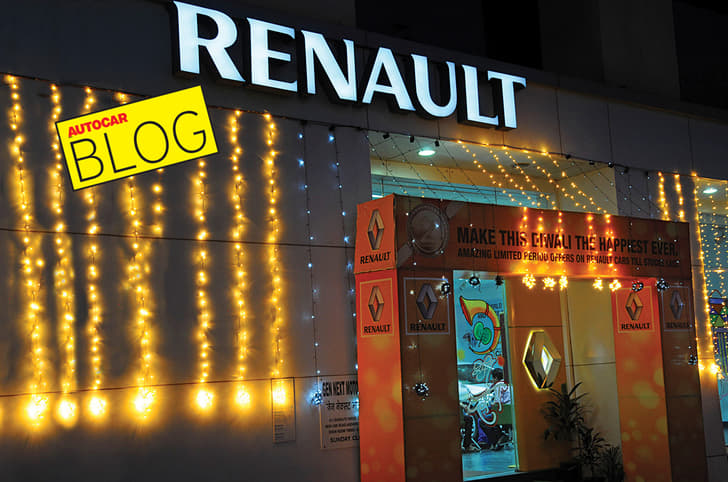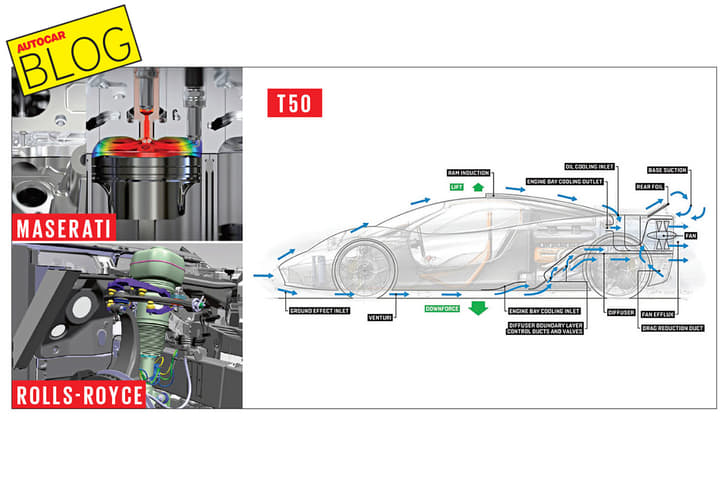Today, I speak about an issue that, like cancer, is a silent but diabolical killer for any automobile marketer. It affects every aspect of the business, most of all the customers!
It is about stock. Or inventory. It is a ‘cost’ everyone is aware of, has not done much about, yet wishes away. It affects the entire value chain, right from procurement of components to paying rentals for stockyards. All of this gets loaded on to the vehicle price.
Maintaining vehicle stock or inventory was necessary in times when sales points were far away from the plant, logistics was dodgy, people worked on Excel worksheets for planning and customers physically spent time checking options before deciding on what to buy.
Since these days in the 1970s, production and production planning have evolved to ‘just in time’ (JIT) processes. The world was exposed to the ‘Ohno System’ at a landmark seminar in Detroit in 1980, where Fujio Cho introduced it before the American Production and Inventory Control Society.
The upstream functions were fixed, to bring down costs and save on time. But why has the downstream – once the vehicles leave the plant – not been fixed till now? Why is the Tesla delivery system an exception and not the template every automaker adopts with the same enthusiasm as they had adopted the Toyota/Ohno system?
Because, while the automaker benefits from upstream, the customer pays for the downstream costs. A vehicle costs 100 units for a customer to buy. The automaker traditionally makes it for 60. On adopting JIT, the automaker now makes it for 45. But the customer still pays 100!
Why does a dealer need to hold inventory at all? The costs of financing the inventory and stockyards are all loaded on to the price. Dealers really do not enjoy this process as there is no money in it for them. Only the banks make more money, at the cost of the customer.
Most prospective customers are researching and shortlisting options online. Improved logistics allow a vehicle to reach the furthest corner of the country within seven days. A customer can surely wait for that time as long as they get the vehicle, variant and colour of choice. Gone are the days when people would throng to showrooms during occasions like marriages, auspicious periods, and Dhanteras. They book online or over the phone, well in advance. So, the need to keep inventory not to lose a single customer is a salesman’s bluff. And it justifies the obsession with ‘wholesale’ numbers in the industry.
Vehicles in ‘stock’ should be display and test-drive/ride units. The dealer will be rid of inventory financing to a large extent. You save on financing, stockyard, discount and promotion costs. Politely request the customer who makes a booking to wait for 7-10 days for the delivery to happen, for the exact variant, at a lower price. They will happily give you a few more days!

.jpg?w=728&q=75)










.jpg?w=728&q=75)











